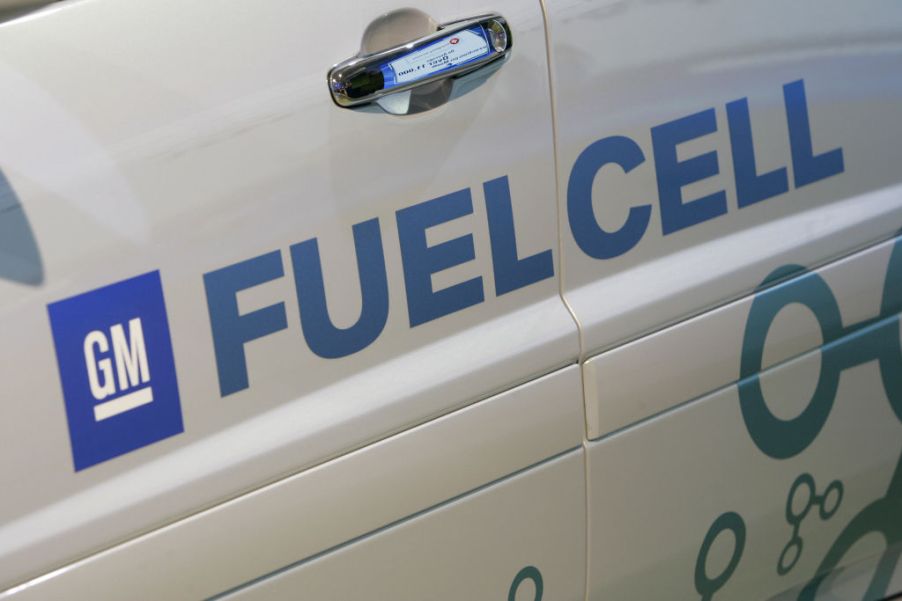
Honda and GM Have a Powerful Electric Vehicle Partnership
In the business world, expensive new technology sometimes has a way of bringing rivals together. It’s already a reality for Ford and Volkswagen, with the former using the latter’s platform to build electric vehicles. Nissan and Renault also have teamed up to develop a platform for a new all-electric crossover.
And now Honda and General Motors have put together a multi-year electrification collaboration, according to Reuters. In the past, they’ve competed for the same customers. But, as USA Today confirms, the two automakers have come to realize that they can’t afford to go it alone in the brave new EV market.
The deal between GM and Honda
GM will sell battery cells and modules to Honda. These will be used in EVs to be sold by both companies in North America. Production is slated to start by 2021, but the financial details of this deal are yet to be released.
This is the second collaboration between GM and Honda. They are on track to invest $85 million to create a joint venture to produce hydrogen fuel cell stacks at GM’s Brownstown plant in Michigan. Vehicles using GM’s and Honda’s hydrogen fuel cell technology could be rolled out as early as 2020.
But there’s a twist with the EV battery deal: the GM-branded EME 1.0 batteries have a new design. They are smaller than the batteries used in the current crop of EVs. GM’s goal is for these batteries to charge more quickly, have light components, and offer a longer range.
GM also expects its batteries to be cheaper. It plans to reduce the amount of cobalt used in the new battery design. Cobalt is the priciest material used in today’s lithium-ion batteries. Because of that, the battery packs are the most expensive component of an EV, costing between $10,000 and $12,000 each.
A real-world example of how the cost of this component affects the total cost of an EV is GM’s own Chevy Bolt. The battery pack accounts for a solid one-third of the Bolt’s nearly $37,000 price tag. GM’s goal is to drop the price of its EV batteries by almost half by 2021.
Another design change is the increase of nickel used in the battery, which allows batteries to store and produce more energy at a cheaper cost. In this way, GM aims to extend the range of the EVs that have this battery.
While it’s an idea that other battery producers are considering, GM plans to follow through with it. The battery cells will most likely be manufactured by GM’s current supplier, Korea’s LG Chem. The two companies have recently entered a joint partnership to build an electric battery plant in Lordstown, Ohio.
The benefits of this partnership
For its part, General Motors benefits by continuing its plan to advance its EV production after 2020. This plan will have a special focus on China. The auto manufacturer is also creating a dedicated EV architecture that will be flexible enough for a variety of vehicle sizes and types.
Having a reliable battery supplier will allow Honda to develop its own dedicated, modular EV platform for the U.S. It plans to have it ready by 2025. This is about the same time frame for the Japanese carmaker to offer only hybrid and electric vehicles to the European market.
Both GM and Honda have much to gain from this deal. The two automakers already have electric cars on the market: GM sells the Chevy Bolt and Honda offers the Clarity. But both want to expand their EV lineups and make them more affordable, making it a win-win for them and their customers. And both carmakers will be moving one step closer to their zero-emission goals.
The challenges of getting traction in the EV market have resulted in surprising alliances among rivals. These partnerships are also yielding new cost-saving approaches and clever improvements to EV technology. While partners such as GM and Honda have a long way to go to sell EVs in the numbers that Tesla does, they still may be able to offer alternatives to customers who want an alternative to buying a Model 3.


